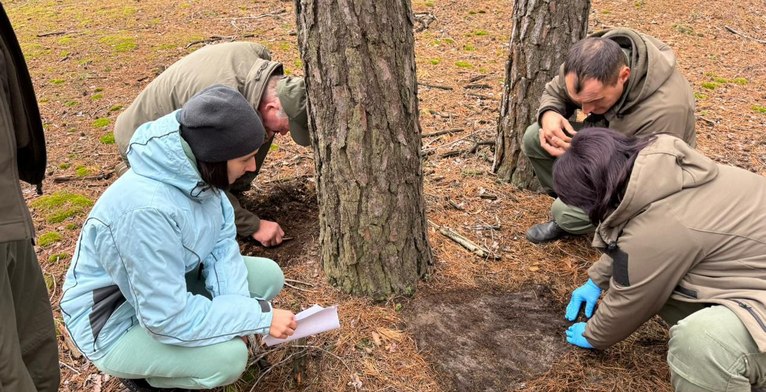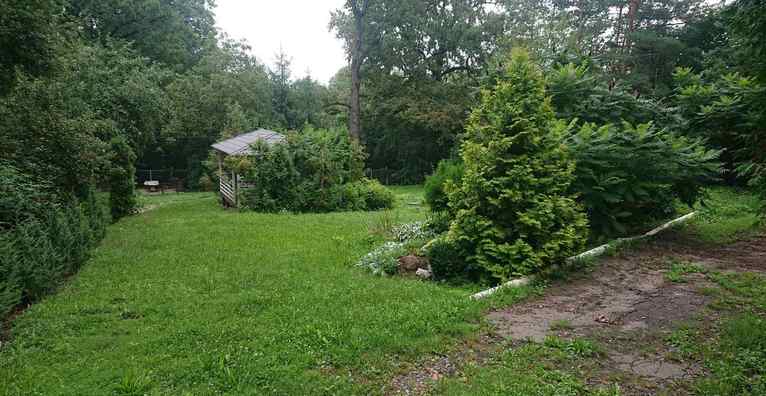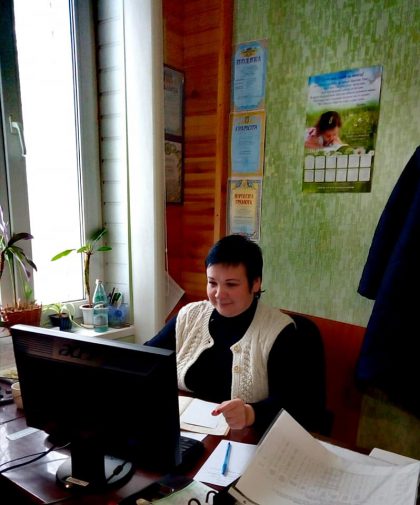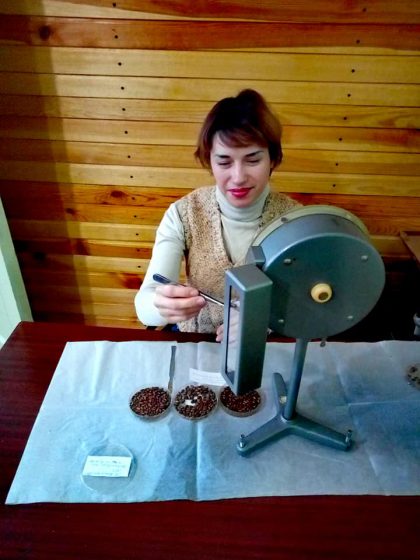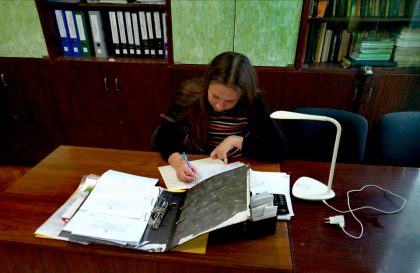Currently, Kharkivlisozakhyst is conducting a laboratory analysis of overwintering pest reserves and forecasting the forest pathological situation for the upcoming 2019 year. The forestry protection service of the Lyman Forestry Enterprise collected samples of common pine sawfly cocoons from the forest litter and sent them for laboratory analysis. The cocoons were collected in the third decade of September, so we artificially created conditions for stratification at low temperatures. After this procedure, the cocoons were brought indoors for a gradual temperature increase above the threshold level.
Hot Season in Winter
After accumulating the necessary effective temperatures for diapause reactivation in the spring generation of pests, the laboratory technician carefully selected viable samples. Engineers conducted detailed examinations to determine reproductive potential and outbreak phases. Based on the laboratory analysis, no reactivation of the first-generation population is expected. However, it is recommended to strengthen monitoring in pine stands within the outbreak area of the 2017 mass reproduction period.




